I’ve been re-thinking my approach with some DIY projects for a while. I know the risks of adding new fabrics, paints and materials to my home and don’t really want to contribute to more indoor air pollution, I want to lessen it. In the past I may have been quick to get a project done just for times sake. Now I’m taking time to research the Greenest, most Organic way to carry out DIY projects. This post will cover two projects I reclaimed with Green Materials: a recovered bench and a dresser.
While I’ve done projects like these in the past, this time around I’ve used different materials to finish them. Some materials you might need to order online, you also might be surprised what you can find right in your area. I got both pieces from Craig’s List, total on both: $35. It took me a while to settle on these two pieces, and I looked at a lot of second-hand furniture before deciding on these. When you are refinishing or re-upholstering something it’s important to look at the pieces and make sure they have good “bones”.
Just like the DIY materials you’ll want to avoid, it’s ideal to make sure any furniture you purchase second-hand doesn’t have particle board, MDF or cheap construction. These materials degrade over time and release more chemical dust than their green counterparts. Look closely at all details and inspect furniture for water damage, weak or cracked boards, and synthetic materials. When I got my bench, I did overlook some particle board pieces, seriously it was the last place I expected particle board :(. So, when handed with lemons, make lemonade. I’ll show you how I still greened it up.
Project 1: Refinished Dresser First I made sure I got a solid wood dresser with dovetail drawers. These drawers are usually stronger and require better grade wood than a drawer front that is just stapled on. I think it looks better, too. This dresser was stored in a garage and pretty dirty, but I could see past the cobwebs and was happy with the overall frame. I sprayed the whole dresser with theeves household cleaner and let it sit outside in the sunshine to air out. You could also use hydrogen peroxide in a spray bottle or oxygen bleach. Please don’t use regular bleach, it’s so toxic and there are many safer alternatives to disinfect.
Project 2: Reclaimed Bench The foundation of my bench was particle board, I replaced it with solid wood. Sustainable wood is ideal, but not always easy to find. If you live in the Midwest, Green Building Supply carries everything you can imagine for any DIY household project. If you can used some solid reclaimed wood, even better! I used some pine scraps from building construction in my area.
- No more particle board, just replaced with solid wood
Upholstered furniture can be really toxic, especially if you are taking something apart. Old foam in cushions are loaded with flame retardants and dust, so remove these in a well-ventilated area. I decided to replace the foam and synthetic batting with a coconut fiber product from Envirotextiles, my source for organic hemp fabrics. The coir batting is not cheap, $80 for a 4×4 foot piece, but I was ready to really do things as green as I could with this project. I doubled up two 2″ pieces to make a thicker cushion, and I’ll have plenty left over for another upholstery project.
- Coconut coir fiber makes a firm eco-friendly replacement for fire-retardant foams
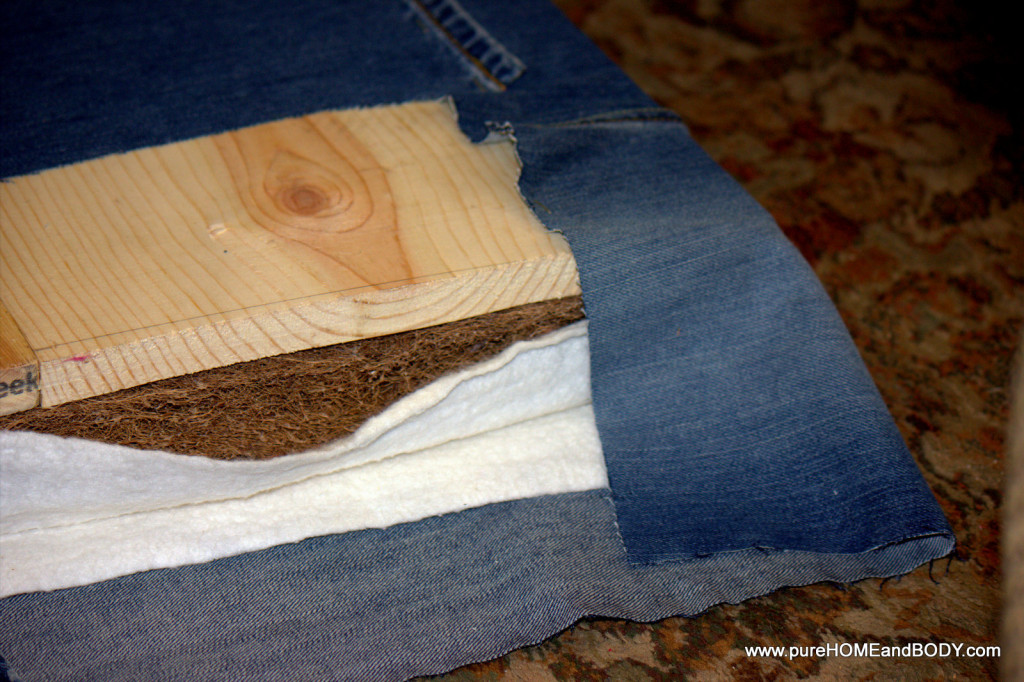
Coconut coir fabric can be scratchy, I covered mine with a couple layers of organic cotton batting. Wool would work well, too

I didn’t have enough fabric for a solid top so I used remnants of organic hemp, cotton, linen and canvas to embellish this bench
I discovered an excellent tutorial on How to apply upholstery tacks easily at Sawdust and Embryos, check it out!
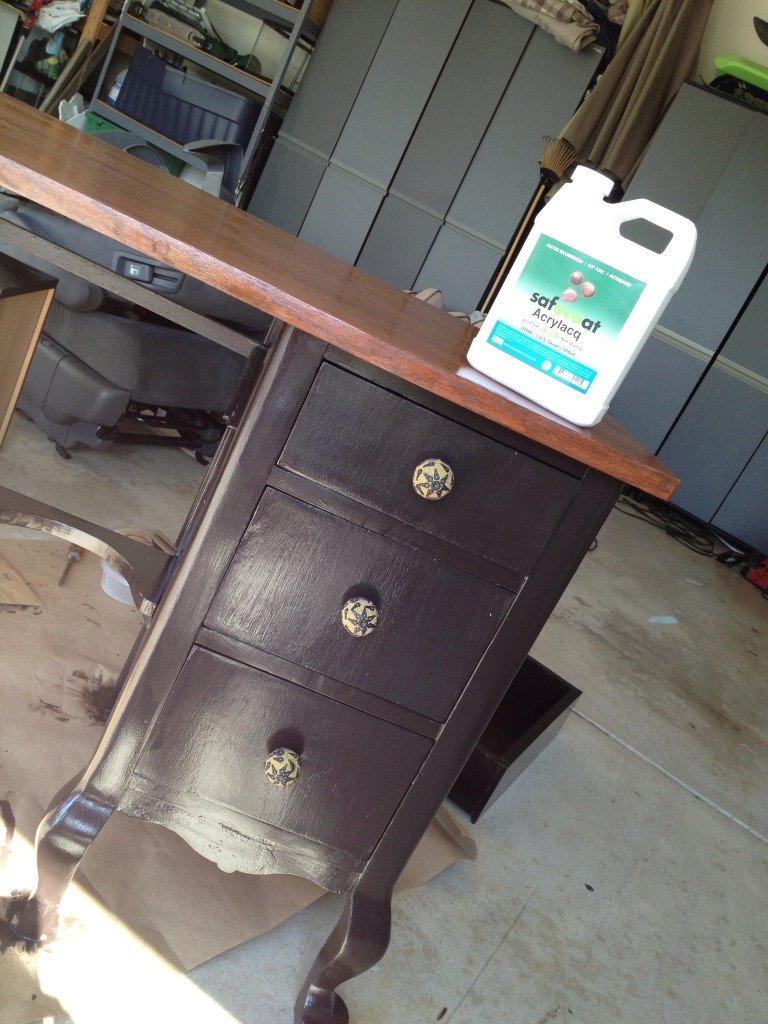
Acrylacq clear finish seals in any chemicals from particle board. It’s an eco-friendly alternative to polyeurathane finishes that might contain lead
I discovered my bench also had particle board pieces around the perimeter of the base so rather than taking the entire thing apart, I painted on a couple coats of Acrilacq to seal in any voc’s and chemical dust that might deteriorate. Acrylacq forms a durable barrier to help keep your indoor air quality safe. It’s a non-toxic paint finish that is safe for children’s furniture. I also used it to finish this reclaimed desk for an office space.
There you have it, some eco-friendly replacements for clear finishes, chemical foams and particle board. Safecoat makes non-toxic paints as well for your DIY projects. What are you working on this season?
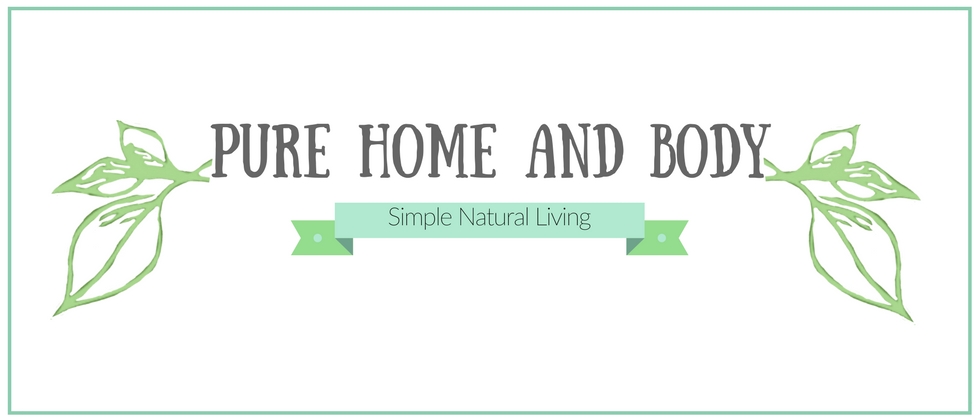

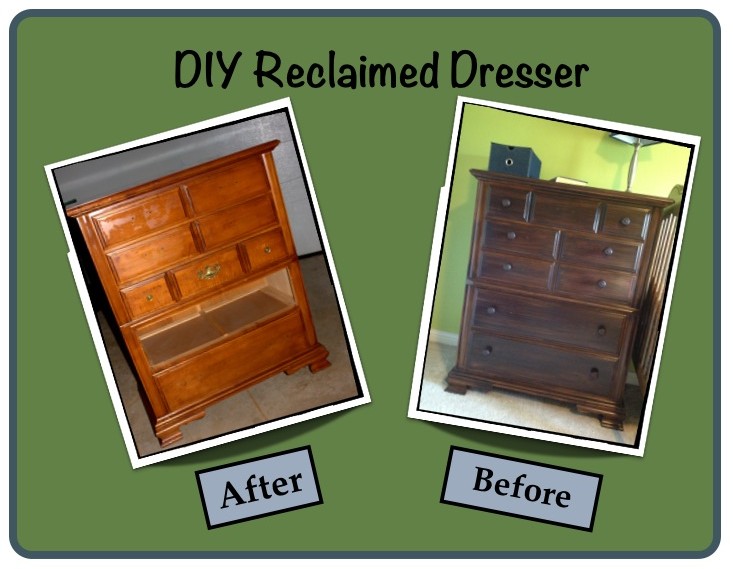
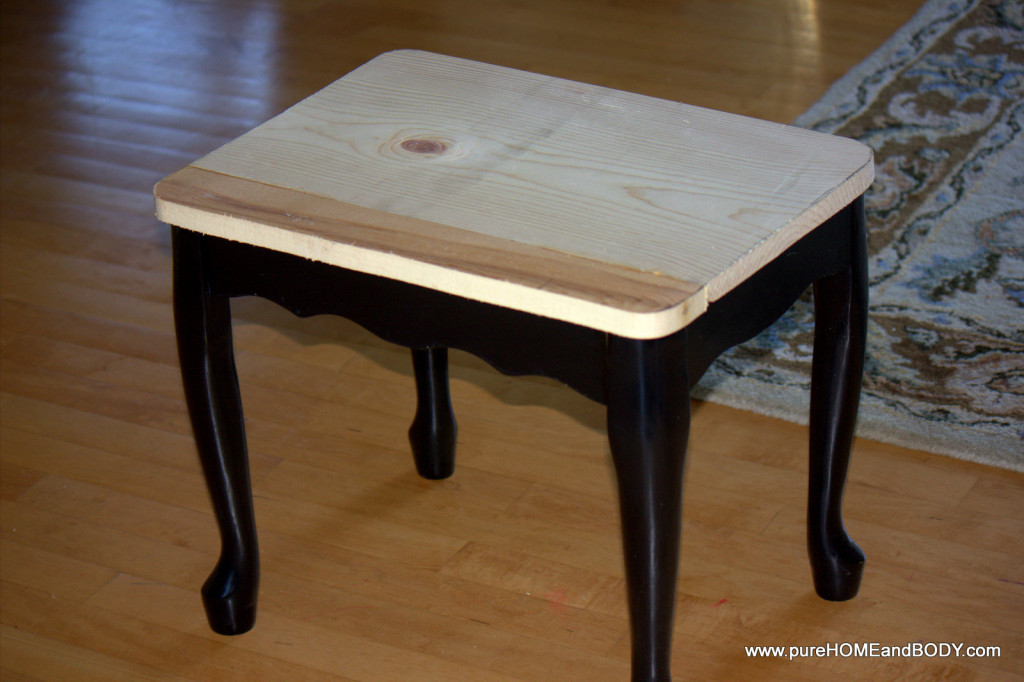
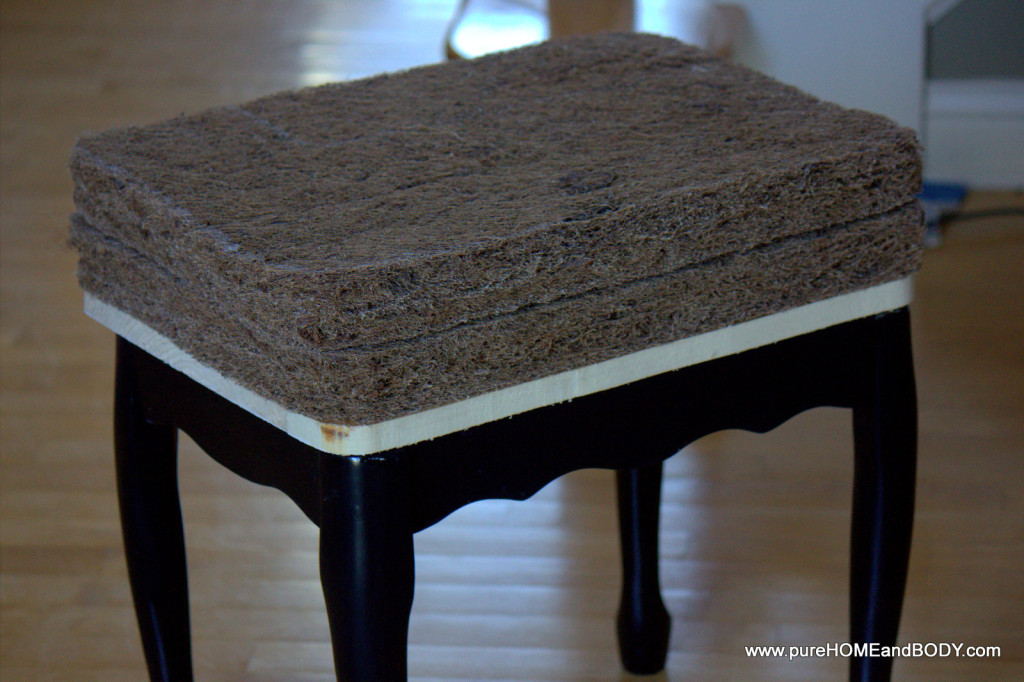







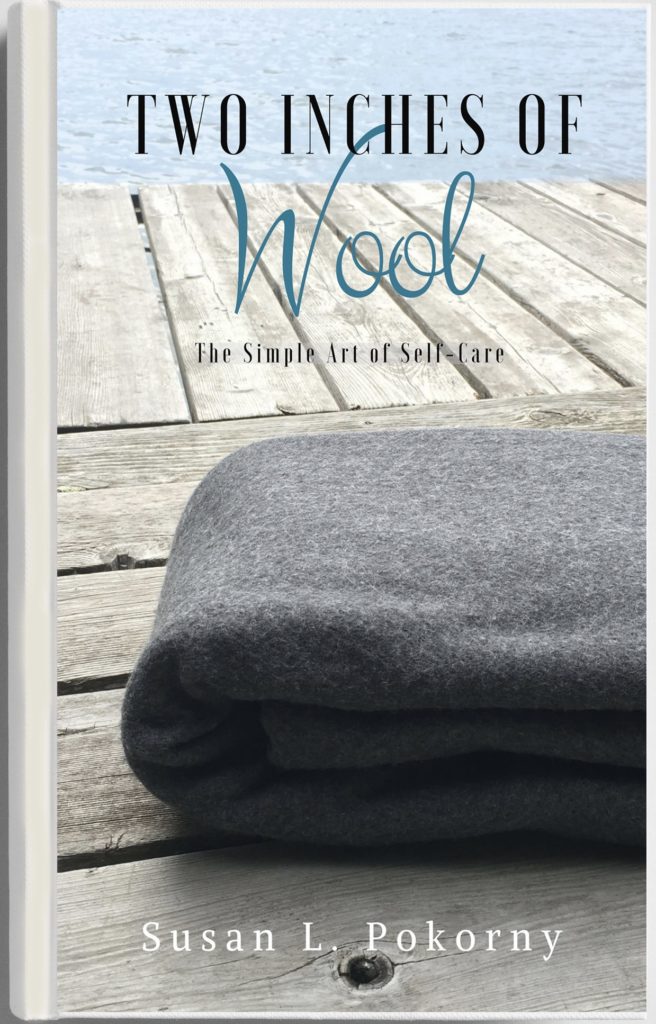




Hi Sue!
I had no idea that my furniture could be releasing harmful chemicals into my home! And to think, my kids climb on, sleep on, eat on, drool on…all over our furniture! What are some cost effective things that I can do with my current cloth furniture (ie. couch and chair) to make them less harmful? Thank you so much for the article! Gods blessings to you!
~Kristin
Thanks for stopping by Kristen! You may consider covering furniture with natural fiber fabrics like cotton, linen or wool. Many fabrics do contain similar fabric finishes and chemicals like the flame retardants. I buy organic cotton fabric by the yard for such things, otherwise traditional “slip covers” will just add more chemicals to the mix. This is also a reason I try to limit my kid’s exposure to toxins via cleaning products and over the counter meds to help their bodies better eliminate things they are exposed to on a day to day basis that I might not have control over. Don’t look back, just move forward and make little changes at a time 🙂